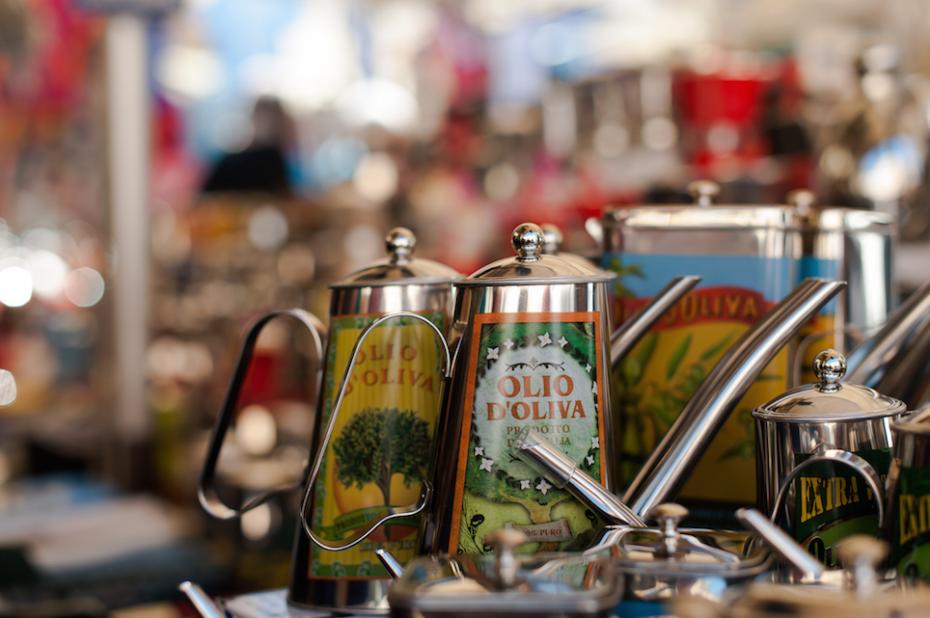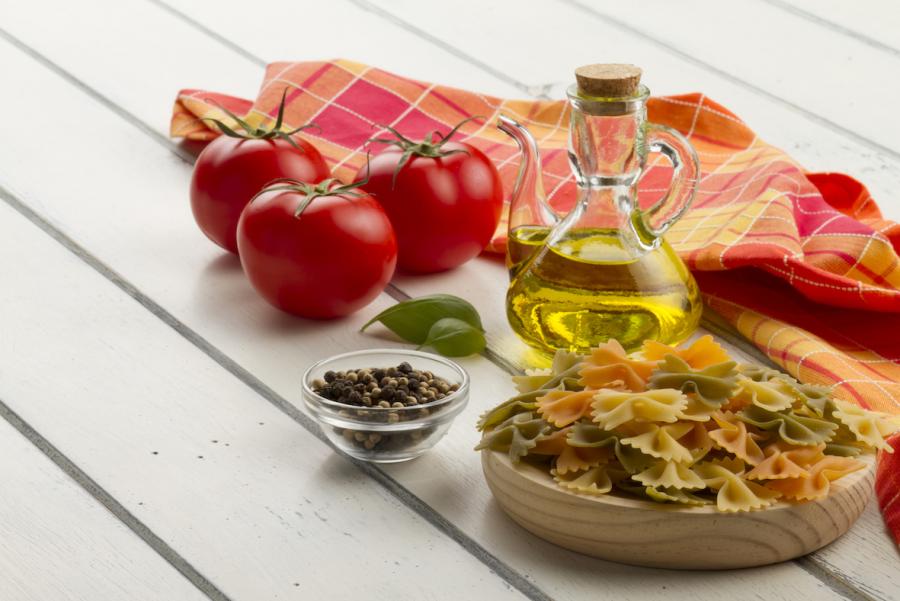Is What We Buy Fake Extra Virgin?
If the recent 60 Minutes report entitled Agromafia is to be believed, the Mafia in Italy is taking cheap North African olive oil, sunflower or canola oil and modifying the oils to fake the taste of genuine Extra Virgin Olive oil. Some estimates say that up to 80% of all extra virgin olive oil sold in the US could fail to meet the standards of Extra Virgin olive oil. Italy has actually started investigations into seven of the country’s largest olive oil producers for cutting their expensive exports with lesser oils.
There’s lot’s of money to be made by faking the real stuff… The best can sell for $50 per gallon, but a fake costs just seven dollars to make. The profits can be three times the profits made by dealing cocaine. More than 60 police officers make up a Task–or should I say–Taste Force to find, taste and stop the export of bogus oils.
Independent tests at the University of California found that 69% of all store-bought extra virgin olive oils in the US are probably fake. The following brands have been suspected of either trying to deceive consumers with deceptive wording on their packaging, or outright using lesser quality oils or blends and marketing them as Extra Virgin olive oil–shop carefully!
This report was a U.S. olive growers’ sponsored report, so what it came up with has to be taken with a grain of salt. Of course they’d like to make Imported olive oils look worse than California oils.
The report form the University of California Davis Olive Center (College of Agricultural and Environmental Sciences) referenced an earlier report from April 2011 titled, “Evaluation of Extra-Virgin Olive Oil Sold in California.” This document provided the basis for the claim that 69% of store-bought olive oil is either fake or not made from olives.
The Olive Center’s testing took place between 2008 and 2010 and examined whether oils labeled as “extra virgin” actually met the strict criteria required for that designation:
“While there are many excellent imported and domestic extra virgin olive oils available in California, our findings indicate that the quality level of the largest imported brand names is inconsistent at best, and that most of the top selling olive oils we examined regularly failed to meet international standards for extra virgin olive oil.”
“Extra virgin” is the top grade of olive oil according to standards established by the International Olive Council (IOC) and the United States Department of Agriculture (USDA). In addition to establishing chemistry standards for extra virgin olive oil, the IOC and USDA have established a sensory standard — the oil must have zero defects and greater than zero fruitiness.”
While the tests in 2008 and 2010 revealed that many olive oils did not meet the criteria set by regulatory agencies for the “extra virgin” label, the testing did not determine that the oils were “fake” or not made from olives. The tested samples did not always meet the stringent extra-virgin standards for taste, aroma, and color, and the flavor profiles of some olive oils were likely overstated, but the samples were not oils produced from another source masquerading as olive oil, nor did the study raise concerns about purity, adulteration, safety, or substitution of various brands of olive oils.
































